7 Rarest Cancers in the World: In general, cancer is a somewhat widespread disease that, on an annual basis, affects millions of people all over the world.
It is estimated that there are over 200 different types of cancers that have been identified, and cancer can manifest in virtually every portion of the body.
Many of these cancers are regarded to be extremely uncommon, as they only affect less than six out of every one hundred thousand people each year. This list includes some of the less common types of cancer that can be found in the world.
If diagnosed at an early stage, patients with rare malignancies have the same chance of survival as those with more prevalent cancers.
1. Male Breast Cancer (Male Breast Neoplasm)
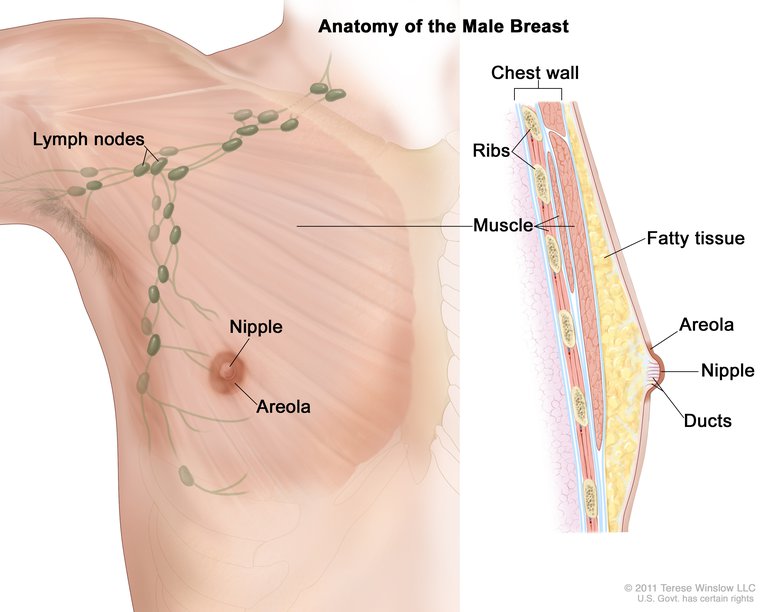
- Number of People Afflicted Yearly: less than 1% of all breast cancer cases (about 2,550 in the U.S.)
- Area of Body Affected: Male breast tissue
- Is it Treatable?: Yes
- Survival Rate: 5-year survival rate is 84%
Although it is widely known that breast cancer is a tragically common condition among women, many people are unaware that men can also develop breast cancer.
This is due to the fact that breast cancer in males is extremely uncommon and accounts for a fraction of one percent or less of all breast cancer occurrences. It is anticipated that approximately 2,550 men will be diagnosed with breast cancer in the United States in the year 2018.
Although technically speaking males do not have breasts, they do have breast tissue, which is where the cancer can develop.
In contrast to breast cancer in women, which can manifest itself at any point in a woman’s life, male breast cancer almost always manifests in older males. The median age of men when they are first diagnosed with breast cancer is 68 years old.
If detected at an early enough stage, male breast cancer, similar to breast cancer in females, is curable. The five-year survival rate for women diagnosed with breast cancer is approximately 84%, which is also a reasonably high percentage.
2. Merkel Cell Carcinoma
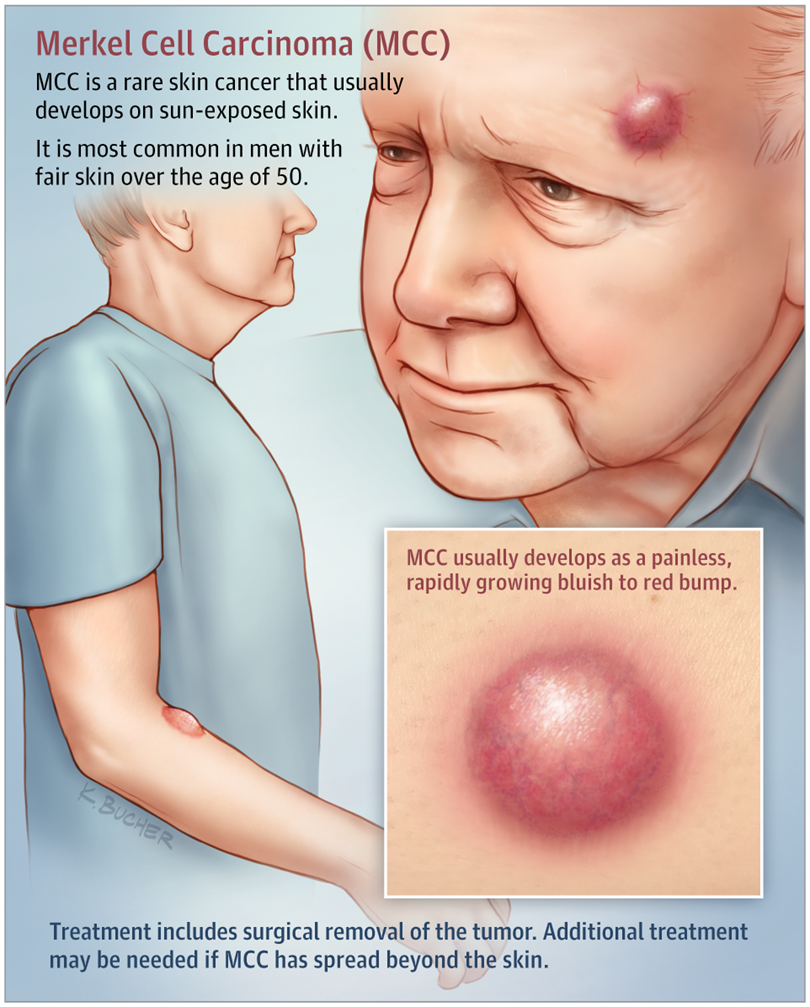
- Number of People Afflicted Yearly: Worldwide numbers unknown – about 2,000 cases in the U.S. each year
- Area of Body Affected: Skin cancer typically found on the face, head, or neck
- Is it Treatable?: Yes
- Survival Rate: 10-year survival rate of about 57% (about 71% if caught early)
MCC, also known as Merkel Cell Carcinoma, is an extremely uncommon and dangerous form of skin cancer. Skin that is frequently exposed to the sun, such as that seen on the head, neck, and arms, frequently develops MCC.
This type of skin cancer can develop on any part of the body, including locations that are shielded from the sun.
The lump that develops as a result of Merkel cell carcinoma is often painless, solid, and flesh-colored or reddish-purple in color.
It is currently expected that approximately 2,000 persons in the United States receive a diagnosis of Merkel Cell Carcinoma each and every year.
However, a number of publications indicate that there has been a significant rise in the number of instances of MCC during the course of the last ten years.
According to projections made by researchers, the total number of cases of Merkel cell carcinoma in the United States could reach over 2,800 in the year 2020 and 3,250 in the year 2025.
3. Wilms’ Tumor
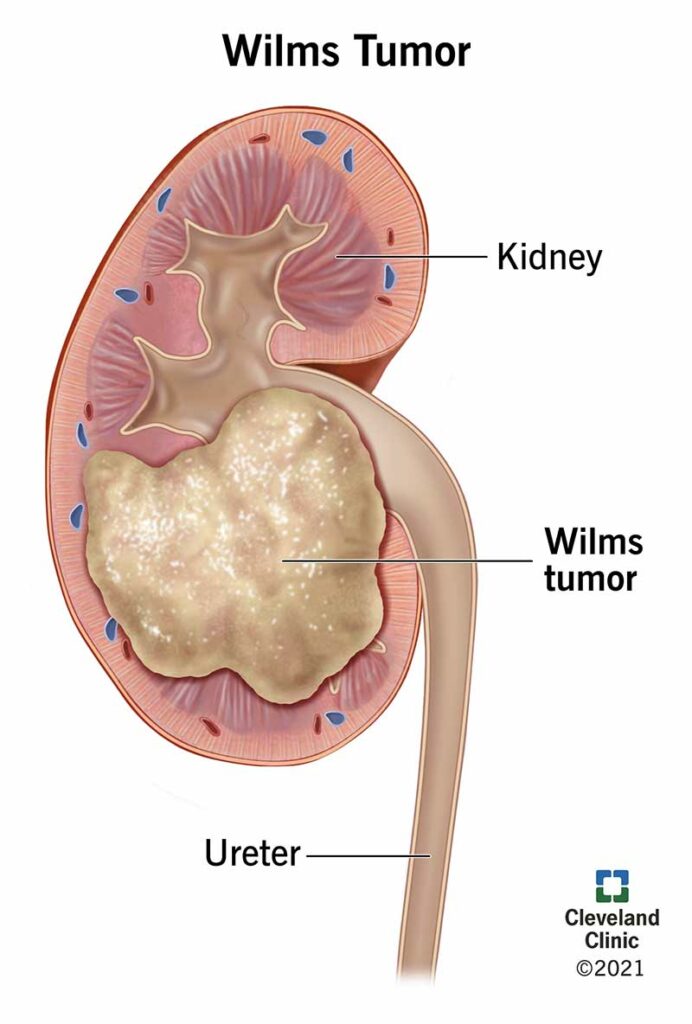
- Number of People Afflicted Yearly: 1 in 10,000 children each year (about 500 to 650 in the U.S.)
- Area of Body Affected: Kidneys
- Is it Treatable?: Yes
- Survival Rate: High – 5-year survival rate is about 90%
Wilms’ tumor, also known as nephroblastoma, is the most frequent form of kidney cancer in children while being a relatively uncommon form of cancer in general. Wilms’ tumor is responsible for approximately five percent of all cases of cancer diagnosed in children.
Additionally, it is the most frequent form of abdomen cancer among children. Wilms’ tumor is almost always seen in children who are under the age of five, and the average age at which it is diagnosed is between three and four years.
Wilms’ tumor, fortunately, is very amenable to treatment despite the fact that it is regarded to be very frequent in youngsters.
In the United States, the five-year survival rate is fairly high, averaging at over ninety percent. Even for Stage IV and Stage V tumors that have a favorable histology, the survival rate is still very high at 86 and 87 percent respectively.
4. Thymic Carcinoma
- Number of People Afflicted Yearly: worldwide numbers unknown – about 400 people in the U.S.
- Area of Body Affected: Thymus Gland
- Is it Treatable?: Yes
Survival Rate: Overall poor – 5-year survival rate is between 30 – 50%
Unfortunately, the prognosis for thymic carcinoma is generally dismal, despite its rarity and the fact that it is an extremely aggressive form of cancer. This uncommon kind of cancer strikes the thymus gland, and when it is discovered, it is almost always in an advanced stage.
The majority of people who are diagnosed with thymic carcinoma exhibit atypical symptoms, which makes the disease difficult to detect. There is not a single recognized tumor marker that can be used for thymic carcinoma screening at this moment.
Because it is difficult to diagnose, it is unknown how many people around the world have been given a diagnosis of thymic carcinoma.
It is believed that there are approximately 400 instances of thymic carcinoma diagnosed each year in the United States, which corresponds to a rate of only 1.5 new cases per million individuals.
Because thymic carcinoma is so frequently detected at a relatively advanced stage, the 5-year survival rate is dismal, ranging from just approximately 30 to 50 percent.
5. Ewing’s Sarcoma
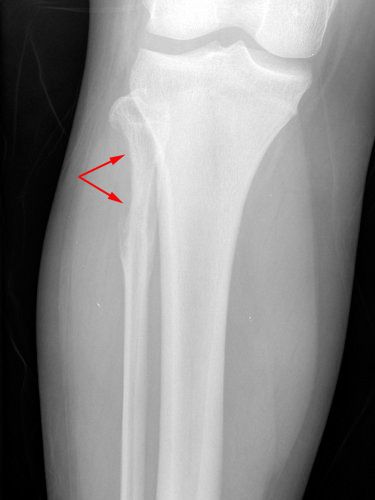
- Number of People Afflicted Yearly: 3 per 1 million people
- Area of Body Affected: Bone or soft tissue of the pelvis, the femur (thigh bone), the humerus (upper arm bone), the ribs, the mandible (jaw), or the clavicle (collar bone)
- Is it Treatable?: Yes
- Survival Rate: 5-year survival rate for localized tumors is about 70% and 30% for metastatic tumors
Ewing’s sarcoma is an exceedingly uncommon kind of cancer that typically strikes young people under the age of 20.
This includes children, teenagers, and adults. In 1921, American doctor James Ewing was the first person to describe this particularly aggressive form of bone cancer.
Ewing’s studies demonstrated that it was a unique form of cancer that was distinct from both lymphoma and neuroblastoma. This was despite the fact that similar forms of tumors had been identified roughly a century before.
The majority of people diagnosed with Ewing’s Sarcoma are between the ages of 10 and 20, making those diagnosed with the disease after the age of 25 an exceptionally unusual occurrence.
According to the findings of several studies, males and young men have a higher risk of developing Ewing’s Sarcoma compared to girls.
When it comes to localized tumors, the 5-year survival rate for Ewing’s Sarcoma is relatively high. In general, roughly 70 percent of people diagnosed with Ewing’s Sarcoma live beyond five years after their diagnosis.
6. Heart Cancer (Primary Cardiac Tumor)
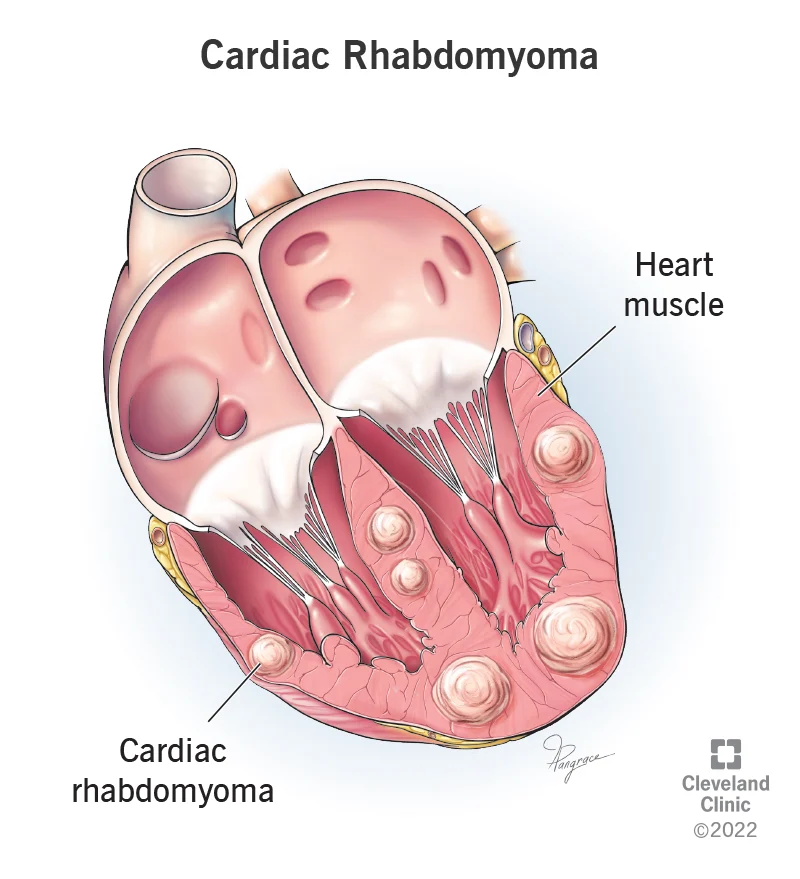
- Number of People Afflicted Yearly: total number unknown (many hospitals report treating between 1 to 2 patients each year)
- Area of Body Affected: Heart
- Is it Treatable?: Yes
- Survival Rate: 5-year survival rate after surgery is about 17%
Leading hospitals all over the world only report one or two cases of heart cancer, also known as primary cardiac tumors, each year.
This makes heart cancer one of the rarest types of the disease. Due to the fact that the cells in our hearts do not divide in the same way that cells in other regions of our bodies do, malignant and benign tumors of the heart are rather uncommon.
Since the cells that make up the heart do not divide, it is exceedingly unlikely that cancer will ever take hold in this organ. Cell division is one of the factors that contribute to the development of cancer.
Primary cardiac tumors make up only around 0.3–0.7% of the total cardiac tumor population, as determined by reports from surgical procedures and autopsies.
Only approximately a quarter of these primary cardiac tumors are malignant, and of those that are, around three-quarters are sarcomas. In addition, research has indicated that people in their 20s and 30s are most likely to be diagnosed with heart cancer.
7. Hyalinizing Clear Cell Carcinoma
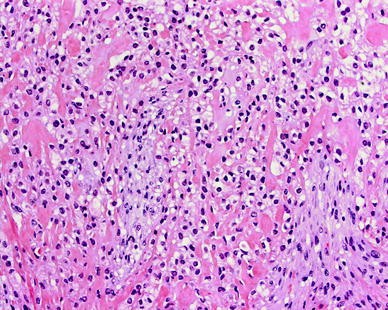
- Number of People Afflicted Yearly: about 51 cases ever reported
- Area of Body Affected: Salivary glands, tongue, or palate
- Is it Treatable?: Yes
- Survival Rate: High (percentage unspecified)
In 1994, the Hyalinizing Clear Cell Carcinoma was categorized as a low-grade tumor of the salivary glands for the first time. Approximately 11 cases of Hyalinizing Clear Cell Carcinoma were described while the initial case study was being conducted.
In the time since then, approximately forty further cases of hyalinizing clear cell carcinoma have been documented. This takes the total number of instances of Hyalinizing Clear Cell Carcinoma up to over 50, making it the rarest form of cancer that can occur anywhere in the globe.
Based on the cases that have been documented, medical professionals now understand that women are more likely to be diagnosed with Hyalinizing Clear Cell Carcinoma.
Hyalinizing Clear Cell Carcinoma is an extremely uncommon form of malignant salivary gland tumor that accounts for around 1% of all intra-oral salivary gland tumors.
Surgery is an option for treating this particular form of cancer, and people who undergo treatment typically make a full recovery.
8. Cholangiocarcinoma
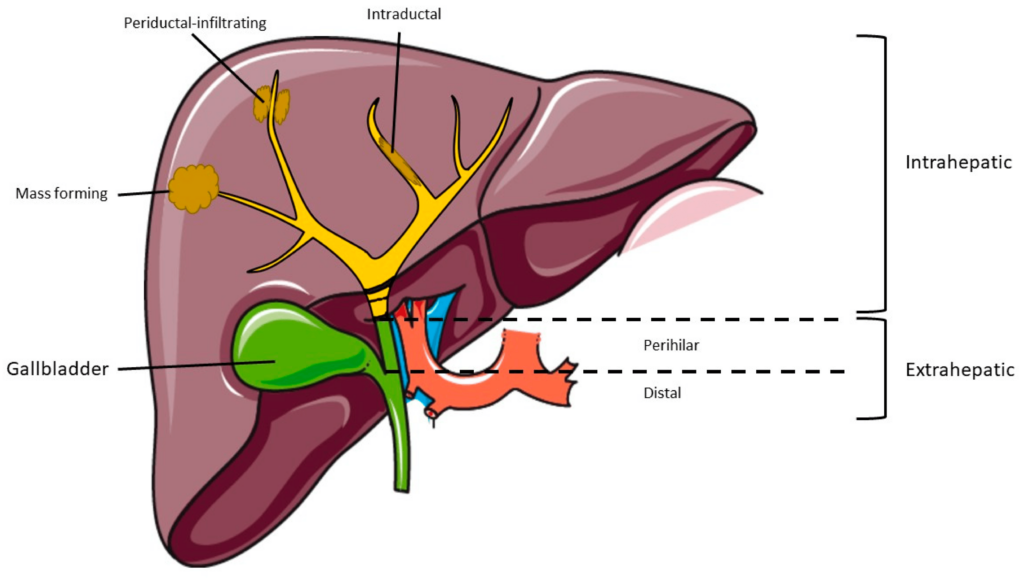
Cholangiocarcinoma is a rare cancer that originates in the bile ducts, which are responsible for transporting bile from the liver to the small intestine. It can occur within the liver (intrahepatic) or outside the liver (extrahepatic).
Number of people affected yearly: Cholangiocarcinoma is considered a rare cancer, but its incidence varies in different regions of the world. According to global estimates, there are around 5,000 to 10,000 new cases of cholangiocarcinoma diagnosed each year.
Area of the body affected: Cholangiocarcinoma originates in the bile ducts, which are responsible for carrying bile from the liver to the small intestine. It can occur in different parts of the bile ducts, including within the liver (intrahepatic) or outside the liver (extrahepatic).
Survival rate: The survival rate for cholangiocarcinoma depends on several factors, including the stage of the cancer at diagnosis and the treatment options available.
Unfortunately, cholangiocarcinoma is often diagnosed at an advanced stage when curative treatments are less effective. The overall 5-year survival rate for cholangiocarcinoma is relatively low, ranging from around 5% to 30%, depending on the stage of the cancer and the treatment received.
7 Rarest Cancers in the World in 2024 – Newshub360.net
https://www.newshub360.net/humix/video/H8hktR4HWOf
Related Post
Credit: www.Newshub360.net
